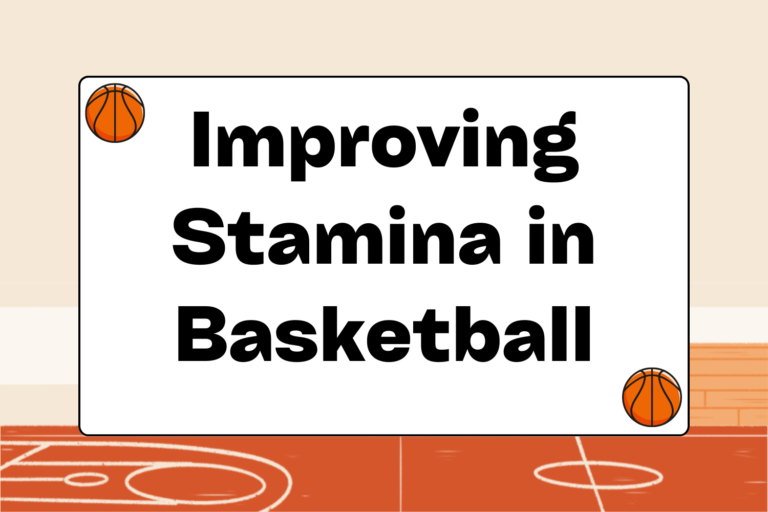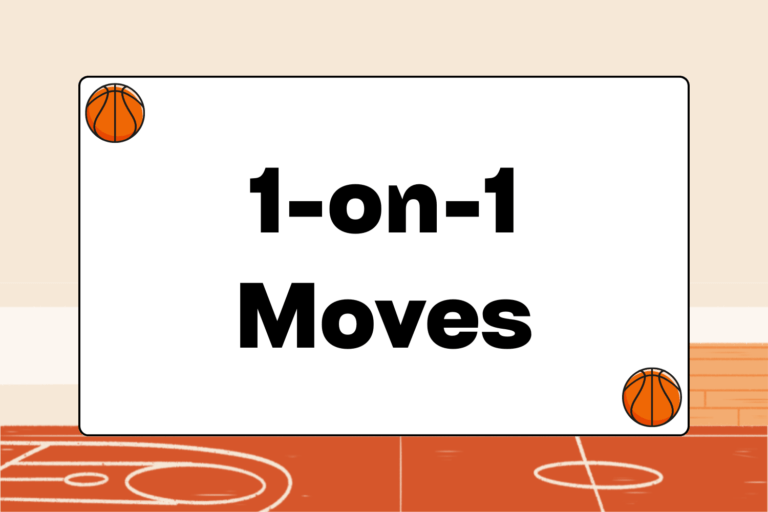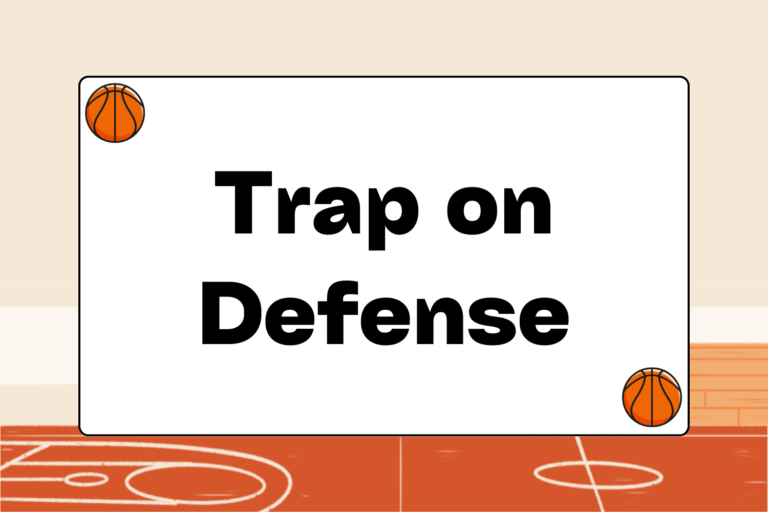At some point in your life, on or off the basketball court, you will experience physical pain. From a stubbed toe to a paper cut to an aching funny-bone, injuries are just an accepted part of daily life—and that’s just for the Average Joe. There is an even greater risk of injury if you are an athlete.
The good news is that the human body is resilient, and knowing how to properly care for injuries can drastically reduce your recovery time. That means less time on the sidelines and more time on the court where you belong.
This guide outlines the proper steps for treating common basketball injuries.
A Crash Course
If you took extensive notes during your elementary school health class then the information in this section may seem redundant (hey, you always knew those studious habits would pay-off someday). However, if you’ve somehow misplaced that all-important notebook or you’re just looking for general information about basketball injuries, then you’ve come to the right place.
There are two types of injury an athlete can sustain:
- Acute traumatic injury: This kind of injury is often the result of a direct hit or collision. A sprained shoulder that results from getting forcefully driven into the ground is an example of an acute traumatic injury.
- Overuse/chronic injury: This kind of injury is the product of the combined negative effects of a mildly traumatic action that’s repeated over and over again. Shin splints that result from multiple days of training/practicing are an example of an overuse/chronic injury.
It’s also common for an overuse injury to develop into an acute traumatic injury. All of the repeated actions that cause chronic pain also make an athlete more susceptible to a serious injury that may occur during one particular instance of that same kind of action, such as a sprain, torn ligament, or fracture (all acute traumatic injuries).
Treating Injuries
Now that you know what you’re up against, it’s crucial that you learn how to treat injuries when they occur.
Here’s a list of steps to be taken for dealing with injuries. If there are any easily recognizable signs of serious damage – copious bleeding, body parts bent the wrong way – seek immediate medical attention. Don’t attempt to fix the problem yourself.
Step 1: Wait it Out
When a player is possibly injured, the first thing he/she should do is determine if the affected part of the body is just ‘hurt’ (fairly mild damage), or moderately to severely injured. And there is a difference. An injury that requires immediate care is indicated by (among other things) pain, but discomfort is not always the best indication of its severity.
For example, a bruise on the arm is definitely painful, but it’s not serious enough to warrant any attention beyond a post-match ice pack. On the other hand, many truly traumatic injuries don’t actually hurt that much right after the event since your body often goes into shock, therefore dulling any pain that might indicate a critical problem.
So it’s a good idea to wait for a few moments after an injury occurs to more accurately gauge the seriousness of the situation.
Step 2: Examine the Area
After a few minutes have passed, take notice of any distinguishing characteristics. Any of the following indicate an injury that may require immediate attention and treatment:
- Swelling
- Discoloration
- Moderate to complete loss of movement
- Numbness or a tingling sensation similar to ‘pins and needles’
- Affected area is warm to the touch
- Light touching causes moderate to severe pain
If there are none of these signs, attempt to move the affected part of the body; do so slowly and carefully. The purpose of trying to move the potentially injured body part is to get an understanding of how badly it’s injured. The immediate pain associated with a rolled ankle or jammed finger can initially compare to that of a more severe injury, but usually decreases significantly after a few minutes and a little bit of moving.
Step 3: RICE the Injury
The RICE method is mainly used to treat acute injuries, though if a chronic injury is severe enough to require regular treatment, it can be used to treat them as well.
This method consists of four parts: Rest, Ice, Compression, Elevation.
Rest: This step, though important, is hopefully self-explanatory. Continuing to use an injured part of the body will hurt a lot and almost always will make the injury worse. It will also reduce the chances for a complete recovery—if you don’t rest, the body can’t heal.
Ice: The ‘Ice’ stage doesn’t necessarily need ice specifically, just something cold, which will help reduce/prevent swelling and pain. A reasonable ‘icing’ period is 15 to 30 minutes, followed by 15 to 30 minutes (or equal time) without ice. This cycle can be repeated a few times a few times a day, but be careful to not over-ice the area.
Compression: Swelling is common after an injury. It prevents healthy blood from reaching the damaged area and is one of the biggest culprits in preventing a timely recovery; the more blood flow, the quicker the injury will heal. When not icing the injured area, be sure to keep it wrapped, but do so gently, as wrapping it too tightly (to the point that it throbs, for example) will also prevent the injury from healing quickly.
Elevation: Elevating the injured area will also help to reduce swelling. Elevation is most beneficial if you can place the injured area above the heart. With a hyper-extended knee, for example, it is useful to lay flat with several pillows or folded blankets under the injured leg which will prop it up higher than your core (where you heart is).
RICE cannot be used to treat all acute injuries. A broken nose, for example, can definitely be iced, but it would be difficult (and probably painful) to effectively compress the area to help it heal.
Hot Tip: Ice Packs
Ice packs are often used to treat acute injuries, mostly because they help reduce swelling, and swelling is a common symptom of an acute injury.
Heat packs, on the other hand, are often used to treat chronic injuries, because the heat from the pack increases blood flow to the affected area, which speeds up the recovery process.
It’s common for athletes to use a combination of ice and heat on the same injury. Ice is used at the beginning of the injury, while heat can be used later to help with any pain or tightness encountered in the healing process.
Step 4: Seek Outside Assistance
While most minor injuries can be treated with the RICE method, occasionally the damage will require a trip to the hospital or a visit to the doctor’s office.
Any of the following warrant an immediate examination by a medical professional:
- A drastic increase in pain or swelling
- Noticeably broken bones
- Excessive bleeding
- Pain or swelling moves to another area of the body
- Red marks appear near the injured area
- The injured area becomes numb, tingly, or lacks feeling/sensations of any kind
- A fever
- The injured area shows no signs of improvement after five to seven days
Injuries are Inevitable
Again, injuries will happen. Most are relatively minor and easily treatable—and they often make for good stories (after the fact). Besides, being able to recover from an injury is part of what puts athletes in a class above the rest: We’re just that much tougher.





